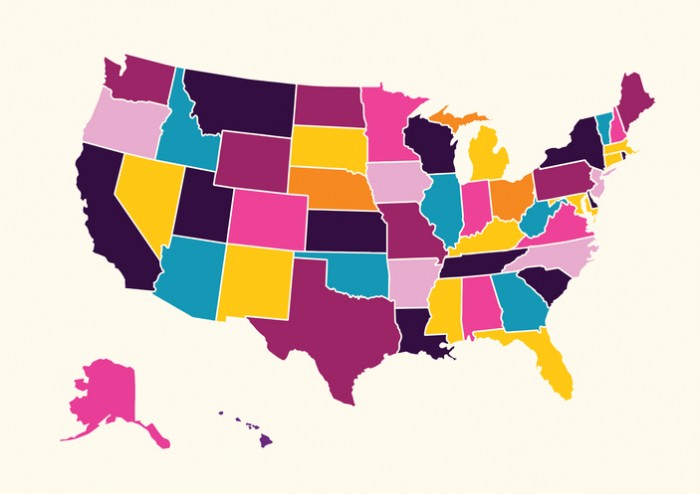State Medicaid Programs Enhance SUD Benefits, Lower Cost-Sharing
By enhancing SUD benefits and lowering cost-sharing, states continue to battle the opioid epidemic and high prescription drug costs.

Source: Thinkstock
- States focused their efforts on tackling the opioid epidemic and high prescription drug spending by adding substance use disorder (SUD) benefits and lower cost-sharing to Medicaid programs in fiscal year (FY) 2019. This trend is slated to continue in FY 2020 according to the Kaiser Family Foundation (KFF) survey.
More states will be implementing benefit enhancements or additions in FY 2020 than have in over a decade. Twenty-eight states reported that they would enhance or add to their benefits and only two states said they would be restricting or eliminating benefits. In FY 2019, twenty-three states reported new or enhanced benefits while four eliminated or restricted their benefits.
When it comes to Medicaid benefits, the key word for 2020 is “expansion.” Any restrictions that states noted do not take the form of narrowing the covered population. At most, benefit restrictions may result in the elimination of a specific benefit, but they also include benefit caps or controlling benefit utilization.
With pharmacy benefits, the goal for state Medicaid programs is to lower drug prices. Over 50 percent of states will be expanding or continuing one or more initiatives to stop the upward trend in prescription drug prices.
For example, Colorado will start importing Canadian drugs to avoid high American prices. Massachusetts will begin directly negotiating with drug manufacturers. Louisiana will use a drug subscription model to lower its costs. New York continued its Medicaid drug cap from FY 2018. Kansas and Nevada are each employing prior authorizations to force buyers to look into lower cost, generic options.
Some states are also demanding more transparency from pharmacy benefit managers (PBMs), cracking down on price spreading, and trying new value-based payment models to keep prescription drug spending down.
While states are rooting out negative PBM practices, they are also relying more heavily on PBMs to contain the opioid epidemic. The opioid epidemic is high priority for many state Medicaid programs. Four in ten individuals struggling with opioid use disorder are covered by Medicaid.
Strategies included developing better prescribing protocols and requiring prior authorizations grounded in step therapy, a method which has been known to improve results.
States sought to strengthen not only substance abuse prevention procedures, but also substance abuse care options, such as medication-assisted treatments (MAT). Pennsylvania and other states have made MAT the standard in opioid misuse intervention.
Policymakers also grew more lenient about letting patients in need of substance abuse care or mental or behavioral healthcare receive treatment at facilities such as Institutions for Mental Disease (IMDs) that would normally not qualify for federal reimbursement. Forty-three states will be using that leeway to increase substance abuse, mental, and behavioral treatment options in IMDsand similar facilities.
More states offered or will offer pregnancy and postpartum services, diabetes prevention and management programs, and mental healthcare and substance abuse care services.
Some solutions came as a result of widespread, legislative change, rather than single innovations by state programs.
The SUPPORT Act, for example, played a crucial role in states’ benefits decisions by forcing them to institute certain procedures around prescribing opioids and antipsychotics. Using prescription drug monitoring programs as instructed by the Act, states add in a step between the point of prescription and the point-of-sale. Thirty-seven states have at least one policy in place that requires providers to check a state PDMP before prescribing certain kinds of drugs.
In addition to benefit changes, fifteen states changed their cost-sharing conditions for either FY 2019 or FY 2020.
Overall, states tended to cut cost-sharing than to raise it. The report names five states and the District of Columbia that are all eliminating cost-sharing measures. For example, Illinois, Montana, New Mexico, and North Dakota eliminated or will eliminate copayments on all services for select beneficiary groups or even for their entire Medicaid population.
Benefit changes and cost-sharing demonstrate that the opioid epidemic and rising prescription drug costs remain a major challenge for state Medicaid programs.
